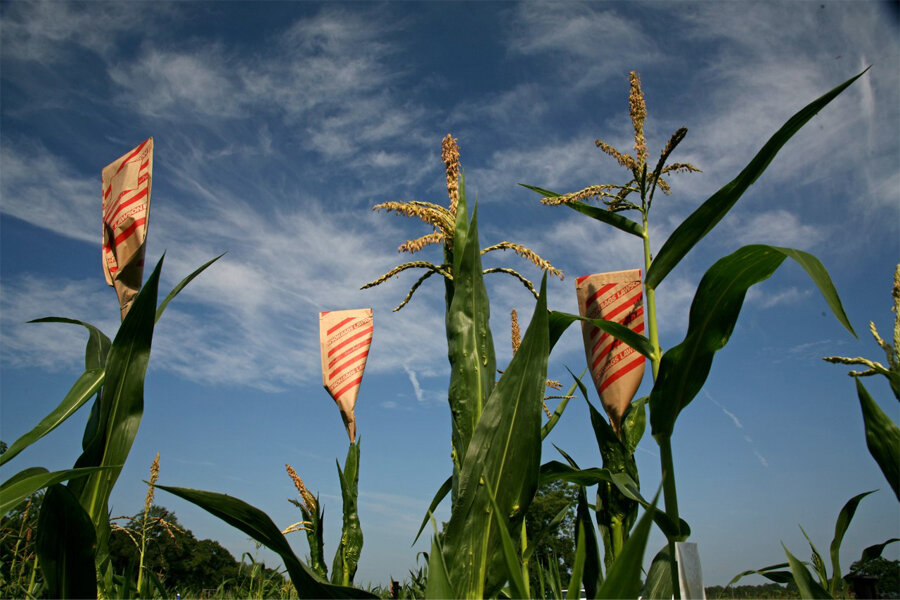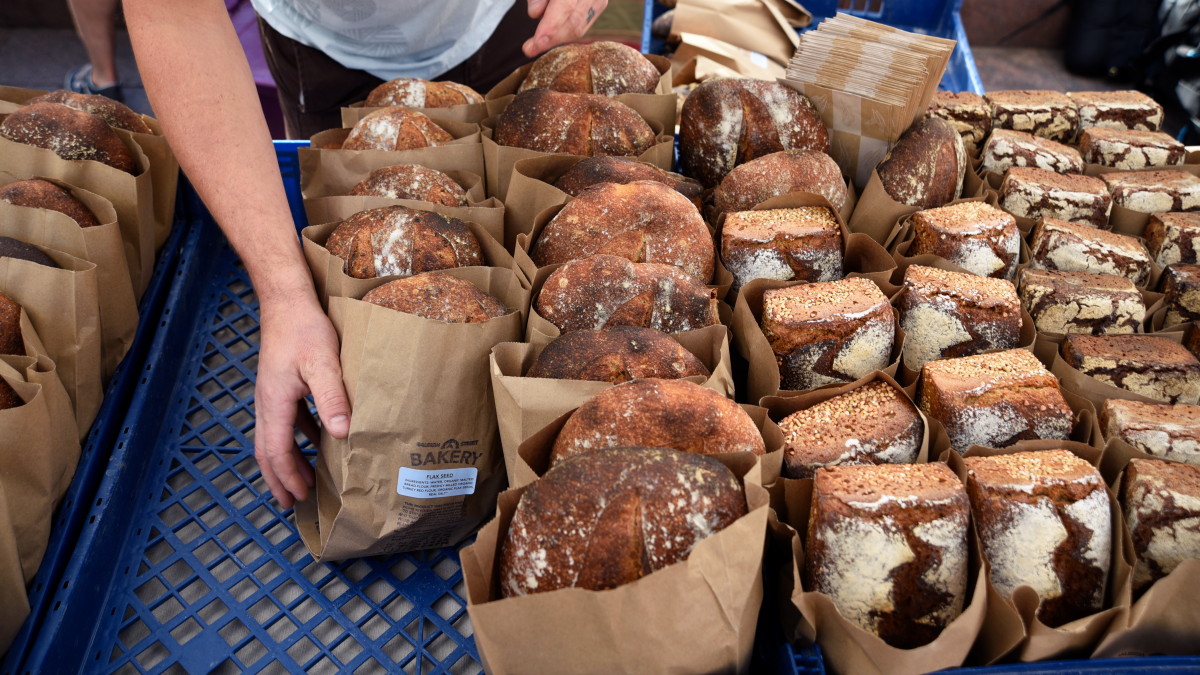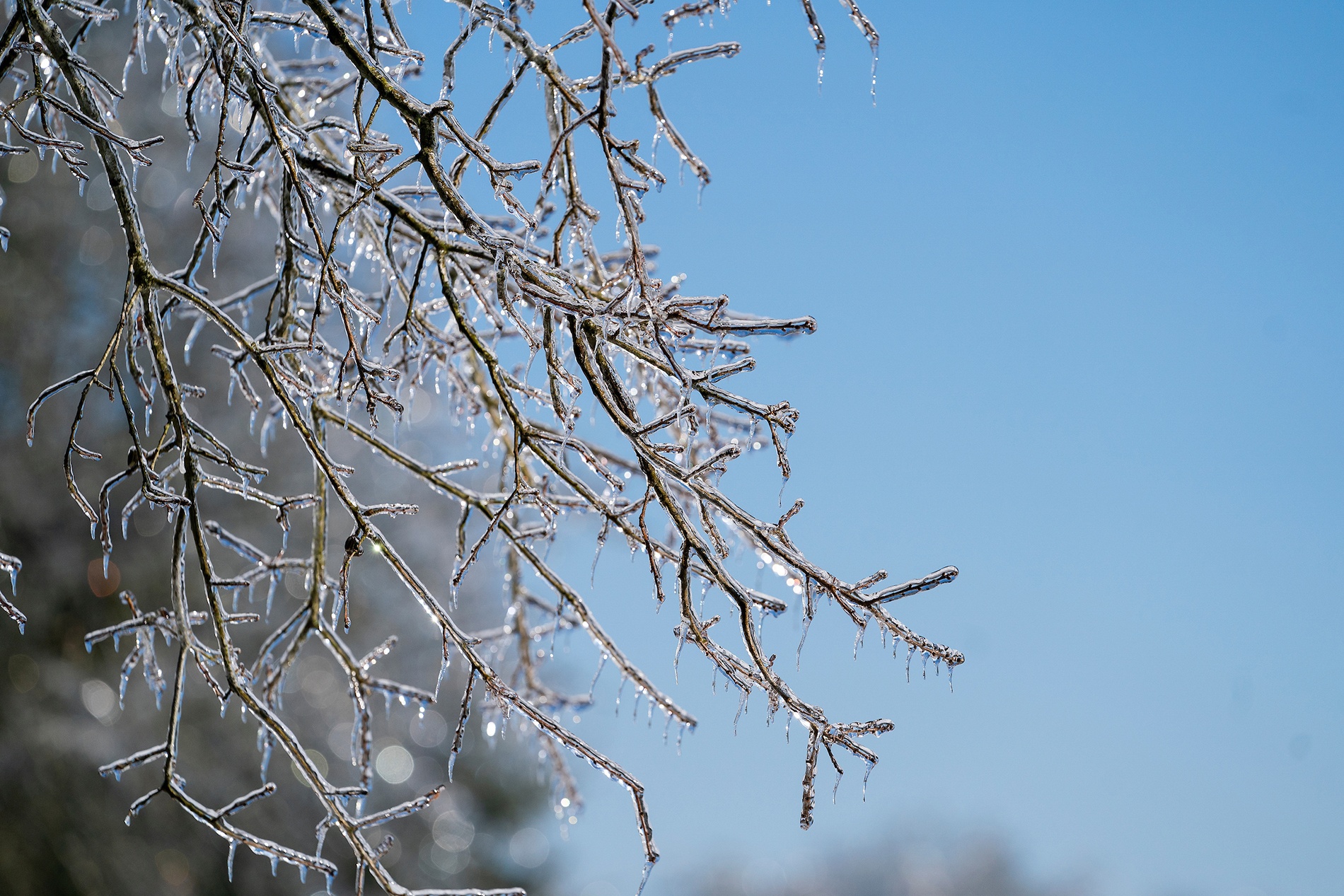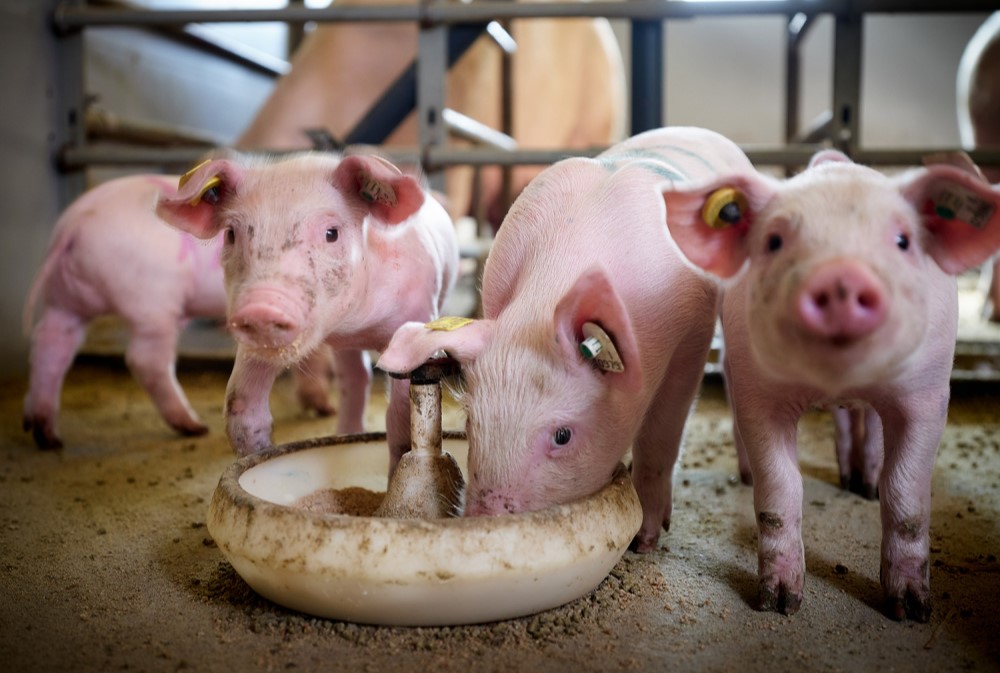 John LaRose Jr.
John LaRose Jr.
Topics: Commodities, Coffee/Tea, Agriculture Global, Economics, Research, Fertilizer, Ag Global Specialty Food, Trade (Commodities),
Limestone improves coffee yield and profitability- TechCodex
by American Society of Agronomy (ASA), Crop Science Society of America (CSSA), Soil Science Society of America (SSSA) Credit: Pixabay/CC0 Public Domain The perfect cup of morning coffee. Before you even purchase the beans at the store, many things must go right before that great-tasting coffee can be poured into your favorite mug. It starts […]
-
(0)
-
Bookmark
- Comments (0)
 John LaRose Jr.
John LaRose Jr.
Topics: GMO's, Crop Diseases, Research, Ag United Kingdom, Ag Europe, Genes /Genetics,
Researchers identify new enzyme that infects plants - paving the way for potential disease prevention
Scientists have identified an unusual enzyme that plays a major role in the infection of plants - and have shown that disabling this enzyme effectively stops plant disease in its tracks.
-
(0)
-
Bookmark
- Comments (0)
 John LaRose Jr.
John LaRose Jr.
Topics: Corn/Maize, Agriculture US, Crop Consultant, Agriculture Global, Education U.S. SouthEast, Sustainability, Research,
A technique to map out 'light switches' of maize genome - My Droll
Pollination bags cover corn tassels at a Florida State University research field for an experiment led by biology Professor Hank Bass. The bags prevent plants from being pollinated, which allows scientists to avoid contamination of the specimens they are researching. Credit: Jonathan Doster Getting a full understanding of how genes are regulated is a major […]
-
(0)
-
Bookmark
- Comments (0)
08/13/2021 SOURCE: mashable.com
Researchers are using drones and infrared technology to keep bread on the table.
How scientists are preparing wheat for climate change
-
(0)
-
Bookmark
- Comments. (0)
 John LaRose Jr.
John LaRose Jr.
Topics: Agriculture Global, Lamb/Sheep, Research, Education,
DNA in Sheep and Dinosaurs
About 1,600 years ago, salt miners in Iran apparently left their lamb lunch down the shaft. Their loss became scientists' gain. The now-mummified sheep carcass suggests that salt helps preserve sheepskin DNA. The research results, published in Biology Letters, showed probably the best-preserved DNA from any skin from that time.1 The Iranian and European team used radiocarbon dating to help establish an age estimate. They sequenced DNA from the sheep skin and discovered that it was high en
-
(0)
-
Bookmark
- Comments (0)
 John LaRose Jr.
John LaRose Jr.
Topics: Agriculture US, Forestry, Research, Weather,
-
(0)
-
Bookmark
- Comments (0)
 John LaRose Jr.
John LaRose Jr.
Topics: Soil Health, Sustainability, Crop Diseases, Potatoes, Research, Ag Europe, Agronomy, Plant Breeding,
Wageningen scientists discover how the potato blight pathogen penetrates the plant
In the 19th century, the notorious pathogen Phytophthora infestans caused a large famine in Ireland and other parts of Western Europe. To this day, it continues to pose a major threat to global food production. It has long been a mystery how this microscopically small organism and other members of the Phytophthora genus mechanically gain entry through the protective layer on the leaves of crops. In a unique collaboration, Wageningen University & Research experts in plant pathology, cell biology and physics have now found an answer to this question. Their discovery also provides new leads to making the control of Phytophthora more effective, more efficient and more sustainable on the long term. Their findings are published in Nature Microbiology.
-
(0)
-
Bookmark
- Comments (0)
 John LaRose Jr.
John LaRose Jr.
Topics: Agriculture US, Agriculture Global, Economics, Pest Control, Insects, Pork/Swine/Pig/Hog, Research, Plant-Based/Animal Free, Animal Health,
Black soldier fly larvae can replace soybean meal in growing pigs
Black soldier fly larvae (BSF) can replace soybean meal (SBM) as protein source in the diet for growing pigs. That was discovered by a multidisciplinary research team of Wageningen University and Research (WUR) and Leiden University, the Netherlands.
-
(0)
-
Bookmark
- Comments (0)
 John LaRose Jr.
John LaRose Jr.
Topics: Agriculture Global, Economics, Research, Environment, Ag Tech, Ag Innovation, Renewable Energy (Solar/Wind),
Upcycling Plastic Waste Into High-Performing Mechanical Lubricants
New research could mean fewer adverse impacts from plastic waste and cheaper lubricants used in vehicles and industrial activities.
-
(0)
-
Bookmark
- Comments (0)
-
(0)
-
Bookmark
- Comments (0)



.jpg)







 Nancy Kavazanjian
Nancy Kavazanjian
